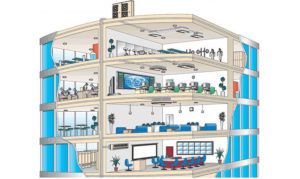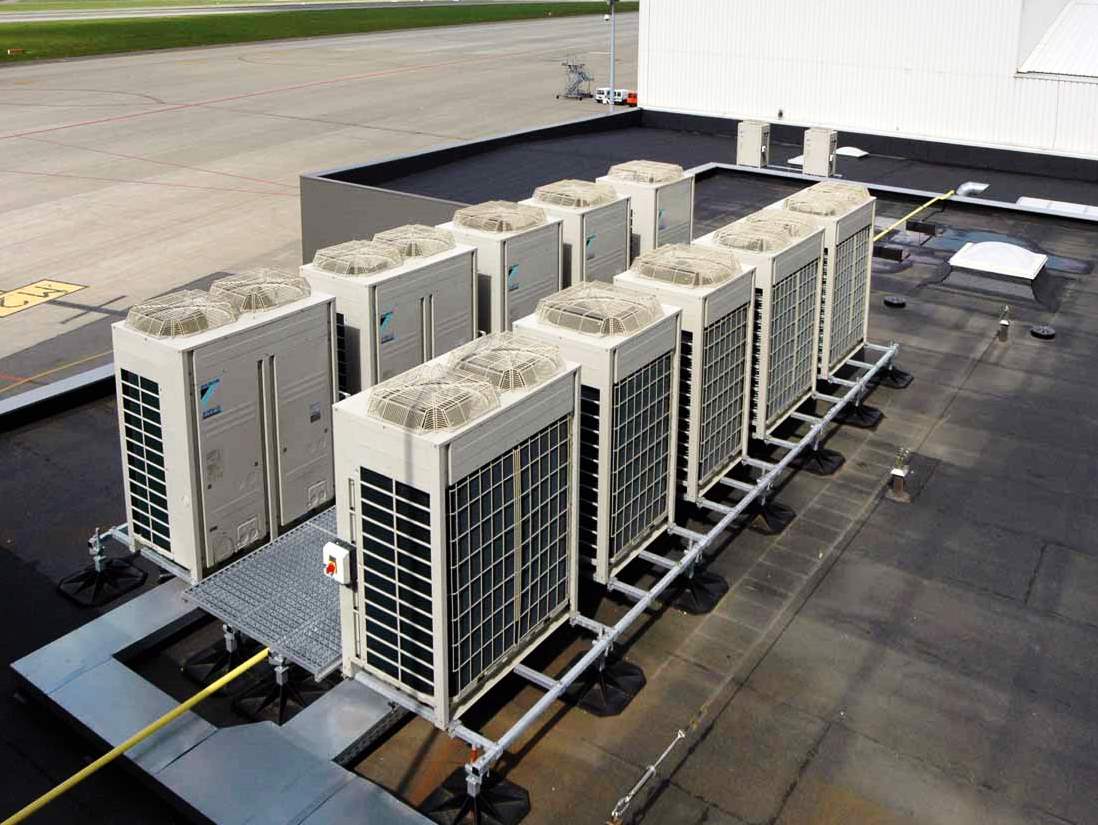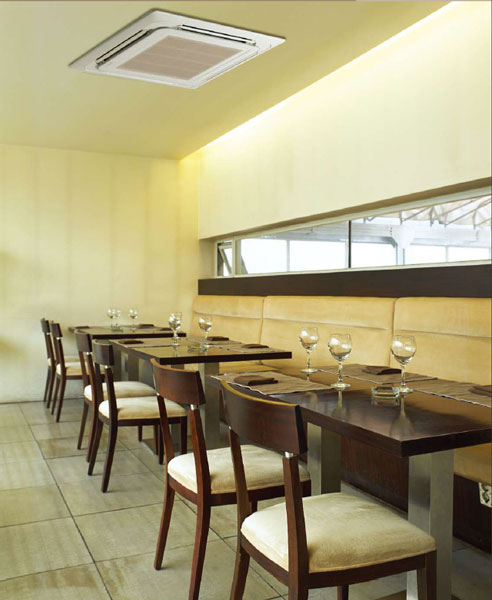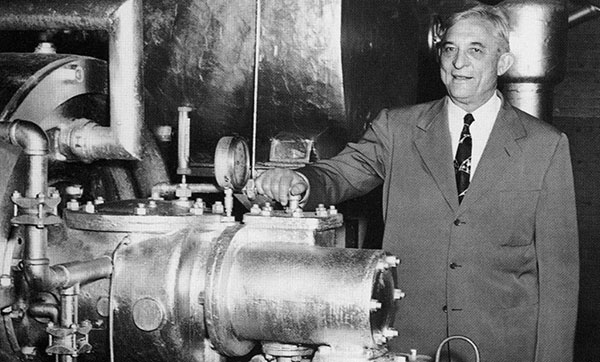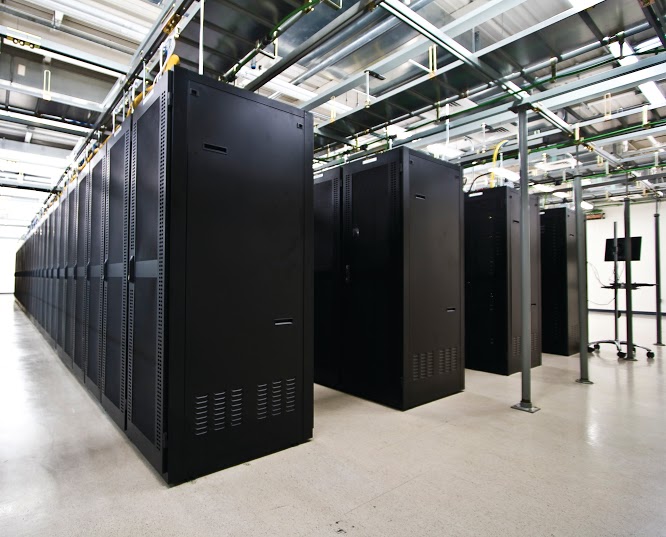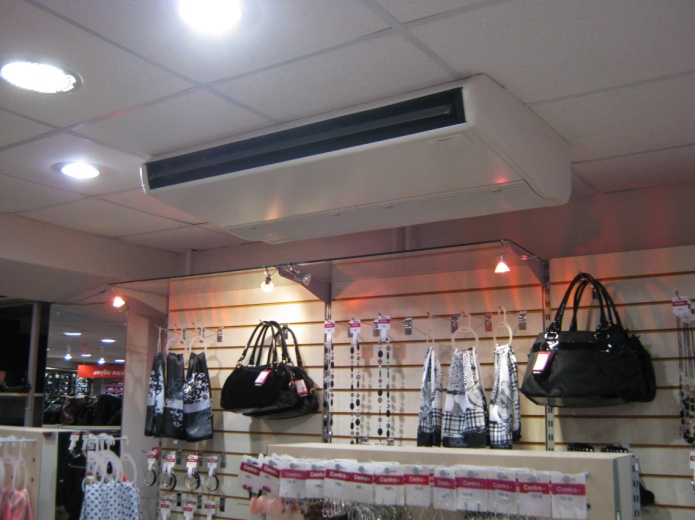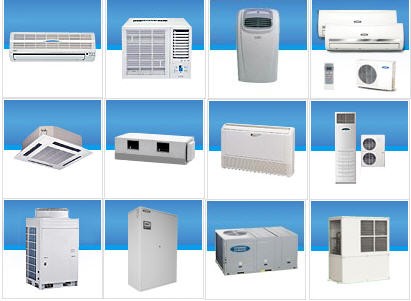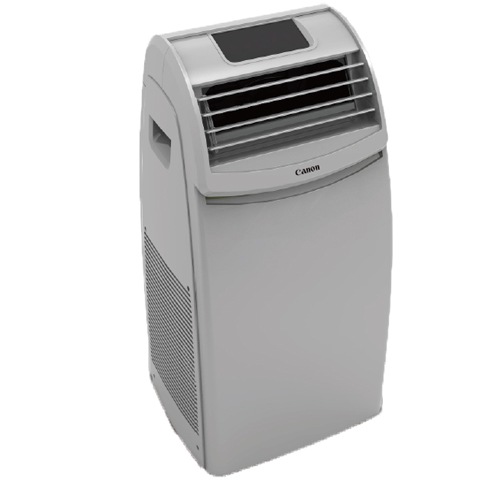Modern air conditioning systems (multi or split), with the positive qualities with which they are characterized, there are still a number of shortcomings in this equipment. The main disadvantage is that the length of inter-unit communications is insignificant (no more than 25 m). Even with this length, a decrease in the power of the installation cannot be avoided, the loss coefficient is at least 30%. Another significant drawback is the number of indoor units, they have to be installed up to 4 pieces per one elite apartment or cottage, and this does not have the best effect on the architecture of the building.
This technical solution has another significant drawback - the regulation of air flow cooling with uniform indicators for all rooms at once, because one indoor module did not allow coordinating a specific temperature in each separate room. A way out of this situation was found. In 1982, the world's first multi-zone VRV system was developed and launched on the HVAC market. The manufacturer of this equipment is the trade mark Daikin.
Characteristics and distinctive features of VRV air conditioning
In fact, multi-zone VRF / VRV air conditioning systems are an improved version of typical split systems:
- as in classic air conditioning systems, several indoor modules can be connected to one unit installed outside the room at once, but in VRV / VRF their number can be several dozen at the same time;
- As for the power of VRV / VRF modules, as in traditional ones, it can be 2-25 kW, they are of cassette type, wall-mounted, channel and so on.
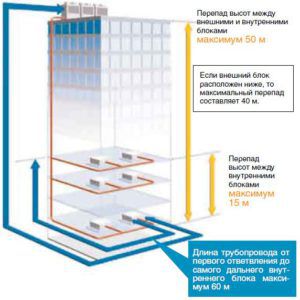
In addition to the listed facts of similarity, multi-zone air conditioning systems have at their disposal a number of distinctive characteristics, in comparison with traditional climatic equipment:
- In the usual case, you need to lay a freon pipeline between the external module and each internal one, in VRV or VRF this does not need to be done, here all the installed modules are connected to a common duct, which consists of several pipelines. This line consists of 2 or more copper pipes, about 30 indoor units and about 3 external ones can be connected to it. This will speed up, facilitate, and reduce the cost of the installation process.
- The maximum distance of the duct from the external to the internal module is 100 meters. The height threshold (vertical) between the blocks is 50 meters, which makes it possible to mount the outdoor unit in multi-zone VRV / VRF air conditioning in almost any zone: in the basement of the building, the roof and several tens of meters from the building.
- This air conditioning system can be controlled via a remote control, from a computer with specialized software installed, or from a centralized control panel.
- Unlike a conventional split system, internal VRV / VRF units maintain the temperature regime set by the program with the highest accuracy, the percentage of error is ± 0.5 degrees Celsius.

Thanks to such positive data, one such system is able to cover the need for residents of a multi-storey building for a favorable and comfortable microclimate. Today, it is practiced to install a condenser unit outside the building, the length of the freon line allows this to be done.
VRV / VRF conditioning: difference and similarity
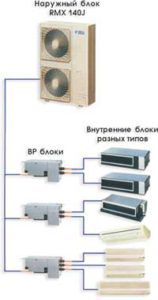
VRV - literal translation - "variable volume of refrigerant". VRF is also considered an acronym with the same decoding. Just with the release, at the end of the past century, of the first VRF air conditioning system, this abbreviation was patented by the Daikin trademark. Other manufacturers of such equipment are simply forced to use a different VRF name, which, in fact, does not change the essence of the matter. Both VRV and VRF condensing units have a single freon line to which all evaporating devices are connected.
About the advantages of VRV / VRF air conditioning
- The systems can significantly save electrical energy due to heat recovery using special modules. This modification makes it possible to operate the system for indoor cooling and heating. Daikin is a leader in energy performance. True, the operation of such equipment with HRV is a winning option in any case, regardless of the manufacturer;
- saving space. The internal blocks are compact, the length of the communications makes it possible to remove the external module to the maximum;
- the systems work perfectly in all weather conditions, even in severe frost from -200C to -500C;
- variety in the design solution. The length of the pipeline, flexibility, the ability to expand the system even after putting it into operation, replacement of old equipment with new or out of order;
- low noise level from the operation of blocks;
- high reliability rate. VRF / VRV complexes have an integrated self-diagnosis system, auto-recovery function after sudden power outages;
- ease of installation.
Cost multi-zone system
The high cost is the main and only disadvantage of these systems. The cost has always been the main and important side in the choice. We give the approximate cost of VRF or VRV systems from leading brands.
| Total area (in m2) | Mitsubishi Heavy ($ per m2) | Mitsubishi Electric ($ per m2) | Daikin ($ per m2) | Sanyo ($ per m2) | Cost range ($ per m2) |
| ≥500 | from 170 | from 205 | from 250 | from 140 | from 140 to 250 |
| ≤500 to 1500 | from 160 | from 185 | from 220 | from 130 | from 130 to 220 |
The price is calculated for standard office premises with a usable area of less than 500 square meters and more than 1500, provided that there is no more than 1 workplace for every 6 squares. As for the residential premises (high-rise buildings), the cost of the systems is 30-50 percent lower due to the low heat flow of residents and household appliances.
Despite the simplicity of designing and installing multi-zone systems, it is not recommended to do this on your own. The purchase, design and installation should be done exclusively by professionals.

